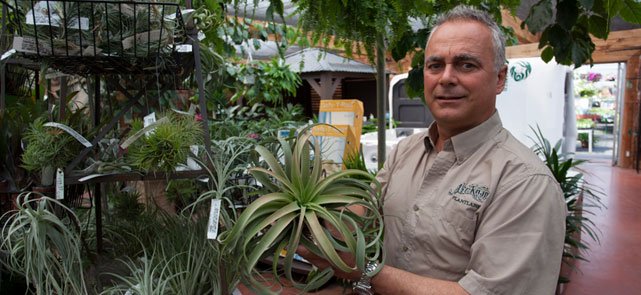Art Knapp Articles
How to Prepare the Soil for Spring Planting
in Informational.jpg)
Spring is often the best time for planting. Whether you are renewing your landscaping with new shrubs and hedges, or getting ready to plant your own vegetables and produce, you want to make sure that you first properly prepare the soil for spring planting. We will be looking at some important preparation steps to make sure that your soil is properly conditioned.
What is Soil Conditioning?
Soil conditioning is a fancy term for looking at a number of properties that soil can have, and making sure that each is in line with what you plan to plant. Proper garden soil has correct levels of these properties. These properties are:
Tilth - Tilth is the physical condition of the soil, including how “clumpy” it is, how compact, and whether the structure can support health root growth.
Water and Nutrient Capacity - These conditions refer to how much water and nutrients the soil is capable of holding. You want soil to hold some water, but still be well drained. This is the same for nutrients, as you want soil that is more inclined to hold nutrients (such as clay soils), but not have poor tilth.
How do I prepare / condition for these?
The number one way of improving soil quality is by adding organic matter, such as compost or manure. Manure works by improving water capacity in more sandy soils, and reducing the clumpiness of clay soil and making it drain better. Manure also breaks down over time, slowly releasing vital nutrients that plants need for proper growth.
You may also consider adding a layer of mulch to the top of garden soil after planting hedges and shrubs. This top layer of mulch provides a benefit of protecting the soil from drying out too quickly in the hot summer sun. Mulch also does slowly break down, adding more organic components to the soil. Finally, mulch is aesthetically pleasing, giving your landscaping that finished look.
If you are unsure about what your garden soil need, make sure to head down to Art Knapp and talk to an expert. Before you start planting, make sure that your plants new home is ready to go, as this is much harder to fix later on.









